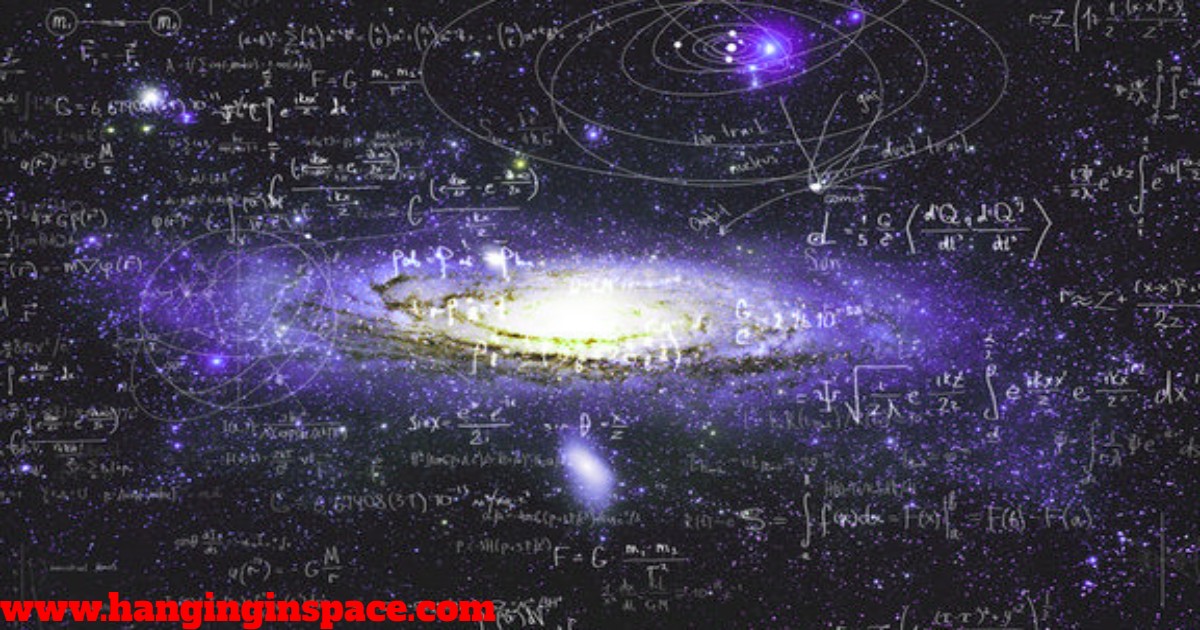Astrophysics is a subfield of space science that aims to comprehend the universe and our place in it by applying the rules of physics and chemistry. Astrophysics develops physical theories for the universe’s small-to-medium-sized structures and objects.
The area studies the formation, evolution, and demise of planets, stars, galaxies, nebulae, and other cosmic phenomena. Though there can be some blurring between these fields, astronomy and cosmology are its two sibling sciences.

What is Astrophysics?
Astrophysics is a branch of science that studies celestial objects and events by applying the concepts and methods of physics and chemistry. The research covers solar physics, other stars, galaxies, extrasolar planets, the interstellar medium, and the cosmic microwave background.
All electromagnetic spectrum regions are scanned for emission features from these objects, including temperature, chemical composition, brightness, and density.
Due to the broad nature of astrophysics, astrophysicists draw on ideas and techniques from various physics fields, such as relativity, quantum mechanics, thermodynamics, electromagnetism, classical mechanics, nuclear and particle physics, and atomic and molecular physics.
In actuality, a significant amount of effort in the fields of theoretical and observational physics is frequently involved in modern astronomy studies. Astrophysicists research a variety of topics, such as the origin and ultimate fate of the universe, as well as the properties of dark matter, dark energy, black holes, and other celestial entities.
The formation and evolution of the solar system, stellar dynamics, galaxy formation, magnetohydrodynamics, large-scale structure of matter in the universe, origin of cosmic rays, general relativity, special relativity, quantum, and physical cosmology, including string cosmology, and astroparticle physics, are among the other subjects covered by theoretical astrophysicists.
What is Theoretical Astrophysics?
The methods that theoretical astrophysicists utilize are many and include computer numerical simulations and analytical models. Every one of them has some benefits. In general, analytical models of a process are superior in providing insight into the core of the matter. Numerical models can identify effects and events that are otherwise invisible.
Astrophysics theorists work to develop theoretical frameworks and determine how those frameworks will affect observations. This makes it easier for observers to search for information that contradicts a model or to make decisions amongst multiple competing or alternative models.
To account for new facts, theorists also attempt to create or alter models. The typical tendency is to attempt to fit the data with the model with the fewest possible alterations when there is an inconsistency. A model may occasionally be completely abandoned due to a significant amount of inconsistent data collected over time.
The origin of cosmic rays, large-scale structure of matter in the universe, stellar dynamics and evolution, galaxy formation and evolution, magnetohydrodynamics, general relativity, and physical cosmology, which includes string cosmology and astroparticle physics, are among the subjects studied by theoretical astrophysicists.
In addition to providing the foundation for the study of gravitational waves and black hole astrophysics, relativistic astrophysics is a useful tool for estimating the characteristics of large-scale structures for which gravitation plays a major part in the physical phenomena studied.
What is Astronomy?
Astronomy is the scientific study of celestial objects and phenomena beyond Earth’s atmosphere, including stars, planets, galaxies, and cosmic events. It encompasses observation, measurement, and theoretical understanding of the universe and its contents, aiming to unravel the mysteries of space, time, and the origins of the cosmos.
What is Observational Astronomy?
Observational astronomy is a branch of astronomy focused on gathering and analyzing data. It is the process of utilizing telescopes and other astronomy equipment to observe celestial objects. Using the electromagnetic spectrum, most astrophysical observations are conducted.
What is Optical Astronomy?
The first branch of astronomy was optical astronomy. The most widely used instruments are spectroscopes or telescopes associated with a charge-coupled device. Optical observations are significantly hampered by the Earth‘s atmosphere.
Therefore, space telescopes and adaptive optics are utilized to get the best image quality. Stars are quite visible in this range of wavelengths, and a multitude of chemical spectra can be examined to investigate the chemical makeup of stars, galaxies, and nebulae.
What is Radio Astronomy?
Radiation having wavelengths longer than a few millimeters is studied in radio astronomy. Examples of research topics include pulsars, which were initially discovered at microwave frequencies, radio waves, which are typically released by cold objects like interstellar gas and dust clouds, and cosmic microwave background radiation, which is the redshifted light from the Big Bang. Very big radio telescopes are needed to analyze these waves.
What is Infrared Astronomy?
The study of radiation with a wavelength shorter than radio waves but too long to be seen with the human eye is known as infrared astronomy. Typically, infrared observations are conducted using telescopes that resemble the well-known optical telescopes. Planets and other objects cooler than stars are typically examined at infrared wavelengths.
What is Ultraviolet, X-ray, and Gamma-ray Astronomy?
Extremely intense processes, including magnetars, black holes, and binary pulsars, are studied in ultraviolet, X-ray, and gamma-ray astronomy. The atmosphere of the Earth is not well shielded from these types of radiation.
Conclusion:
With astrophysics’ vast scope, from understanding black holes to probing the origins of galaxies, astrophysics continues to inspire curiosity, innovation, and profound insights into our cosmic existence.
